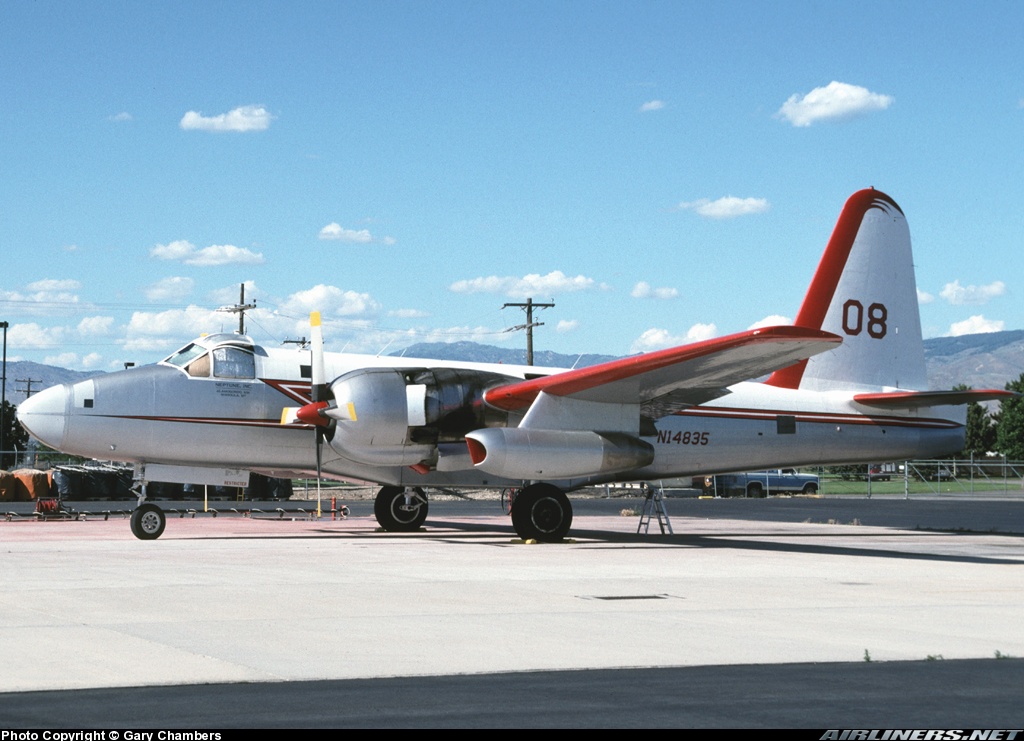Crash of a Beechcraft B90 King Air near San Jon: killed
Date & Time:
May 14, 2001 at 2322 LT
Registration:
N221CH
Survivors:
No
Schedule:
Tucson – Springdale
MSN:
LJ-436
YOM:
1969
Crew on board:
1
Crew fatalities:
Pax on board:
0
Pax fatalities:
Other fatalities:
Total fatalities:
1
Captain / Total hours on type:
3000.00
Aircraft flight hours:
7557
Circumstances:
The pilot was flying a pressurized airplane at 25,000 feet (cabin altitude of 10,000 feet). For approximately 43 minutes before the accident, ARTCC called the pilot approximately six times and asked him to correct his altitude. Two transmissions from the pilot, between 2305 and 2311, were made with "slurred, and unclear speech." A 2 minute period followed with over 30 hot mike transmissions in which heavy breathing could be heard in some. At 2318:20, the pilot's last transmission was "ah Charlie Hotel, we, we've a little bit of a problem here. We're in a descent, we'll straighten it out in a minute." Witnesses observed the airplane spin into ground. The pilot's autopsy revealed moderate emphysema in his lungs with the presence of air filled bullae measuring up to 3 cm. On the two flights before the accident flight, the owner of the aircraft said that the pilot slept 2 hours out of the 4.5 hours of flight. Several friends of the pilot reported that he was also observed to "easily doze" off while on the ground, but he did so more regularly and for longer time periods while flying.
Probable cause:
The pilot's failure to maintain aircraft control due to his incapacitation for an undetermined reason. A contributing factor was the subsequent inadvertent stall/spin to the ground.
Final Report:

